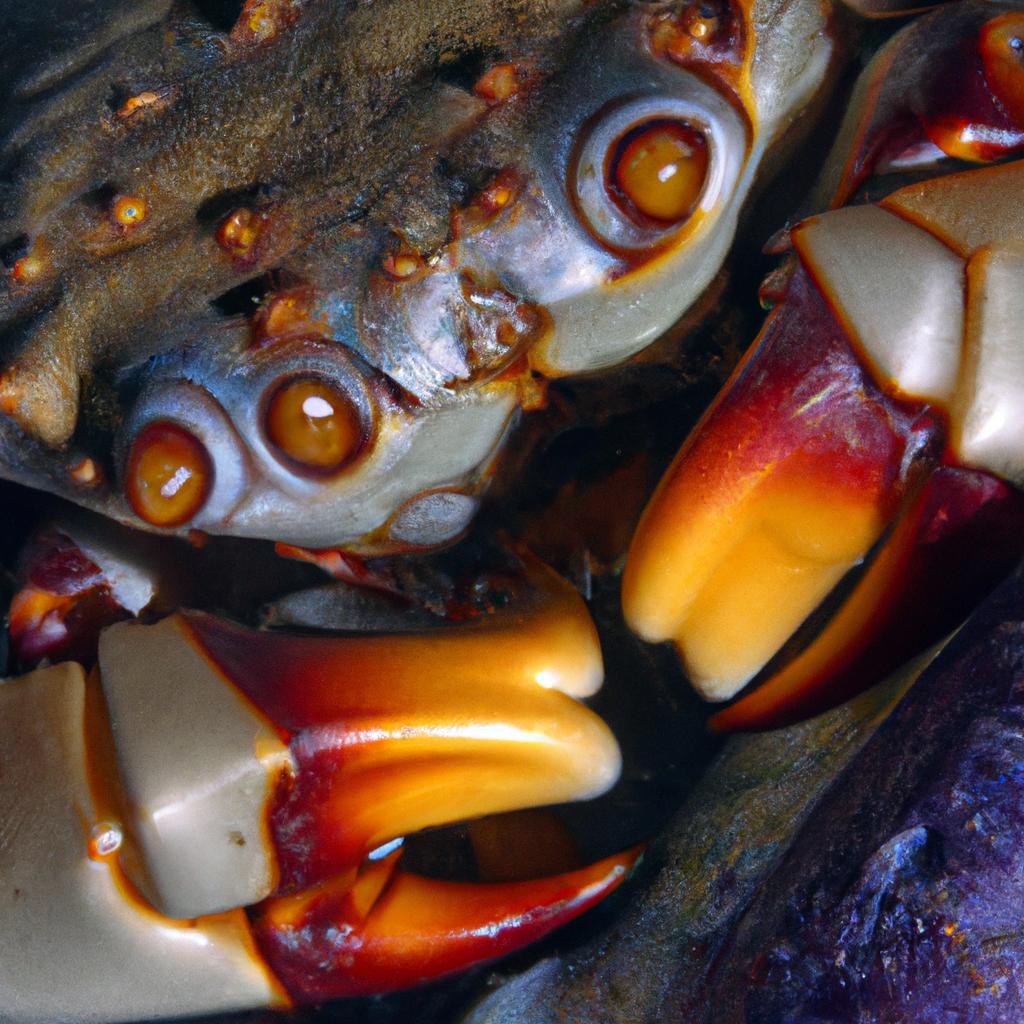Are you captivated by the wonders of the marine world? If so, let me introduce you to the mesmerizing granchio decoratore, also known as the decorator crab. In this guide, we’ll embark on a journey to uncover everything there is to know about this extraordinary species of crab.
What is Granchio Decoratore?
The granchio decoratore is a captivating species of crab found in oceans worldwide. What sets them apart is their remarkable ability to adorn their bodies with various materials, such as seaweed, algae, and other marine debris. This unique decoration not only adds an aesthetic touch but also serves as camouflage, helping the crab blend seamlessly into its environment and evade predators.
Measuring an average size of 2-3 inches, the granchio decoratore boasts a small-to-medium stature. Their bodies are adorned with tiny, sharp spines, and their powerful pincers serve as both defense mechanisms and tools for capturing prey. These crabs come in a vibrant range of colors, including shades of red, orange, yellow, and brown, with small hairs covering their bodies to secure their decorations firmly in place.
Decorator crabs can be found in various habitats, including coral reefs, rocky shores, and seagrass beds. While they are most commonly spotted in shallow waters, some species have even been observed at depths of up to 500 meters. With a global presence, these versatile crabs inhabit oceans across the world, from tropical paradises to sub-zero polar regions.
Habitat and Distribution
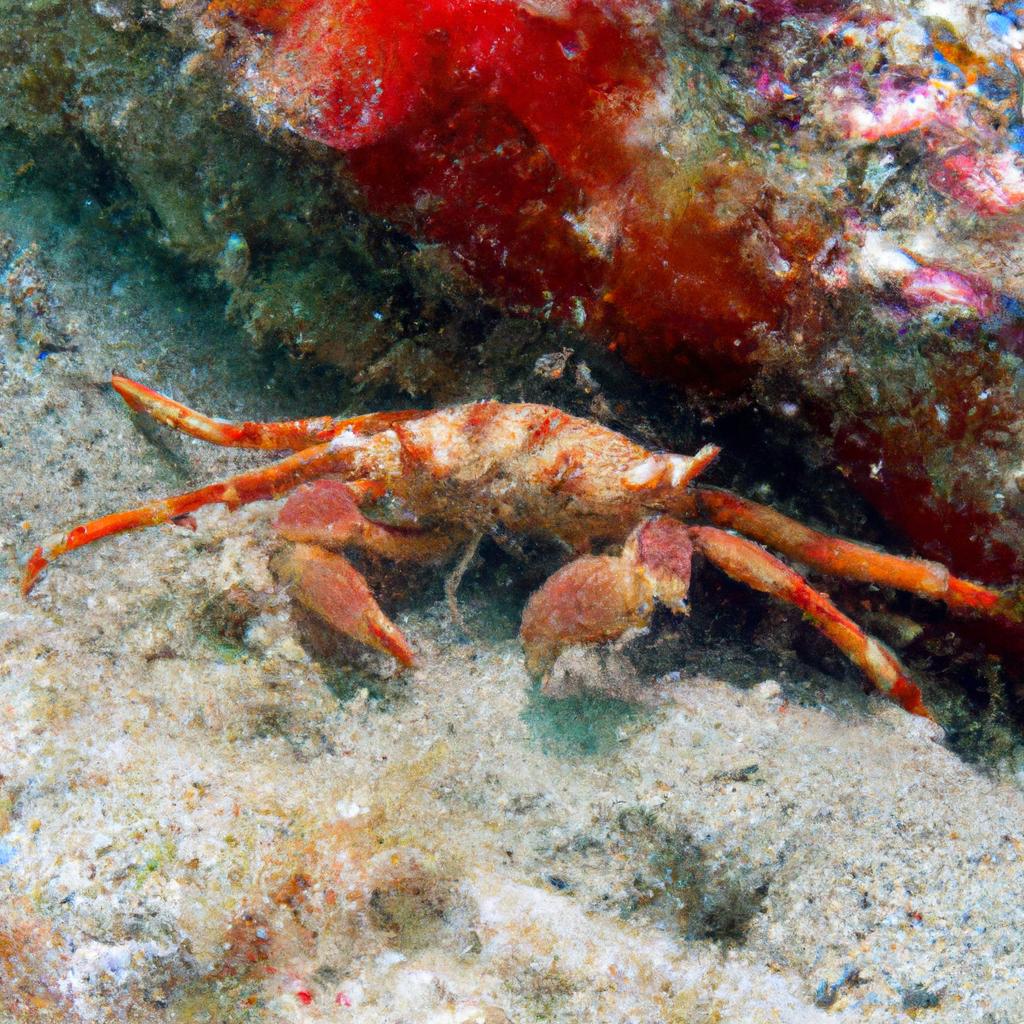
The granchio decoratore is an adaptable species that thrives in a wide range of environments. They favor shallow waters with sandy or rocky bottoms, but they are also known to venture into deeper areas. Coral reefs are particularly popular among decorator crabs, as they provide both protection and opportunities for adornment. Additionally, these crabs can be found in seagrass beds, rocky shores, and even tide pools.
Decorator crabs’ global distribution spans all oceans of the world. While they are most commonly found in tropical and subtropical waters, some species have adapted to the colder environments near the poles. Their distribution is influenced by various factors, including water temperature, salinity, and the availability of food and shelter.
Role in the Ecosystem
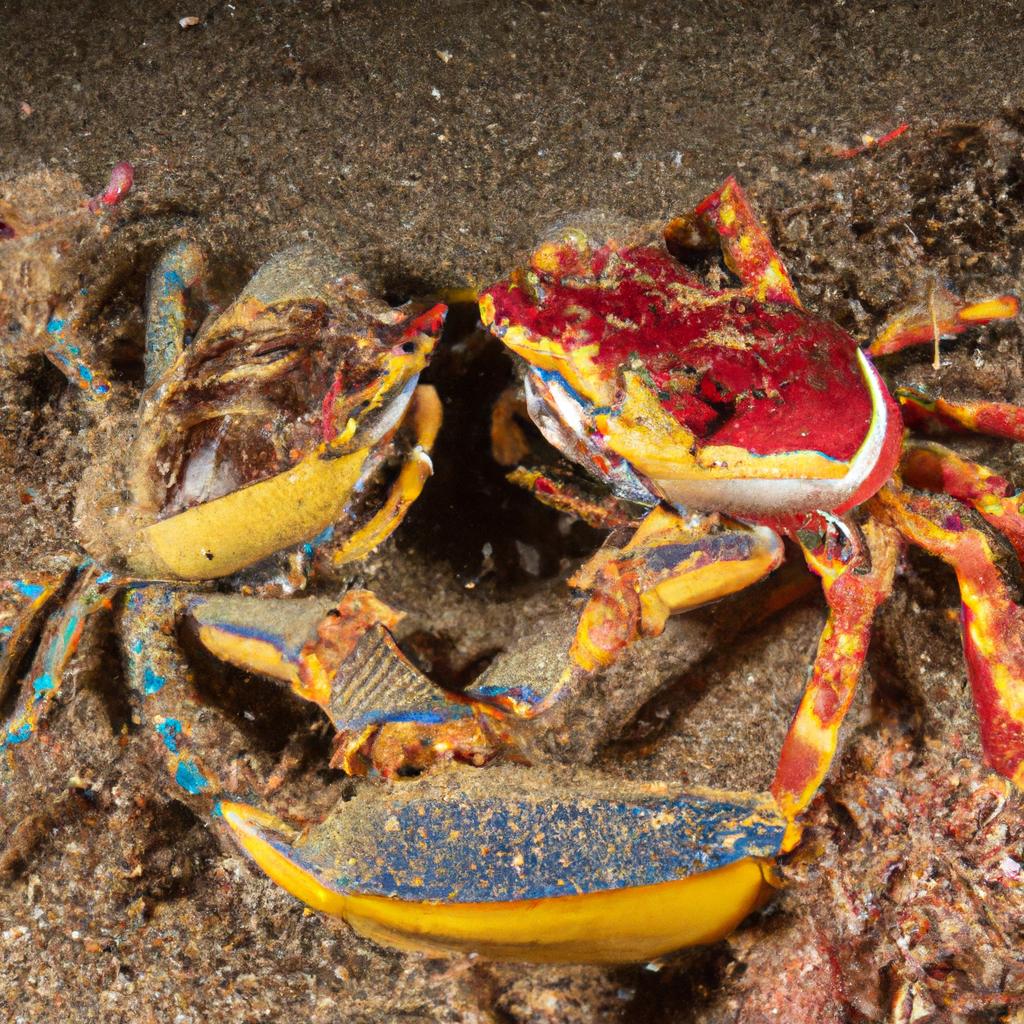
The granchio decoratore assumes a crucial role in the marine ecosystem, acting as both predator and prey. As predators, they feast on a variety of small creatures, including snails, worms, and other crustaceans. They are also adept at scavenging, often taking advantage of deceased animals and other organic matter.
These crabs form an integral part of the food chain, providing sustenance for larger predators like fish and octopuses. In certain parts of the world, they even serve as a source of nourishment for humans. Beyond their role as a food source, decorator crabs contribute to the ecosystem by facilitating the cleaning process on the ocean floor. Through their scavenging and consumption of organic matter, they aid in breaking down and recycling nutrients, fostering a balanced ecosystem.
Overall, the granchio decoratore is a captivating and indispensable species that plays a vital role in the marine ecosystem. Understanding their habitat, distribution, and ecological impact is paramount to conservation efforts aimed at preserving these remarkable and valuable creatures.
Threats and Conservation Efforts
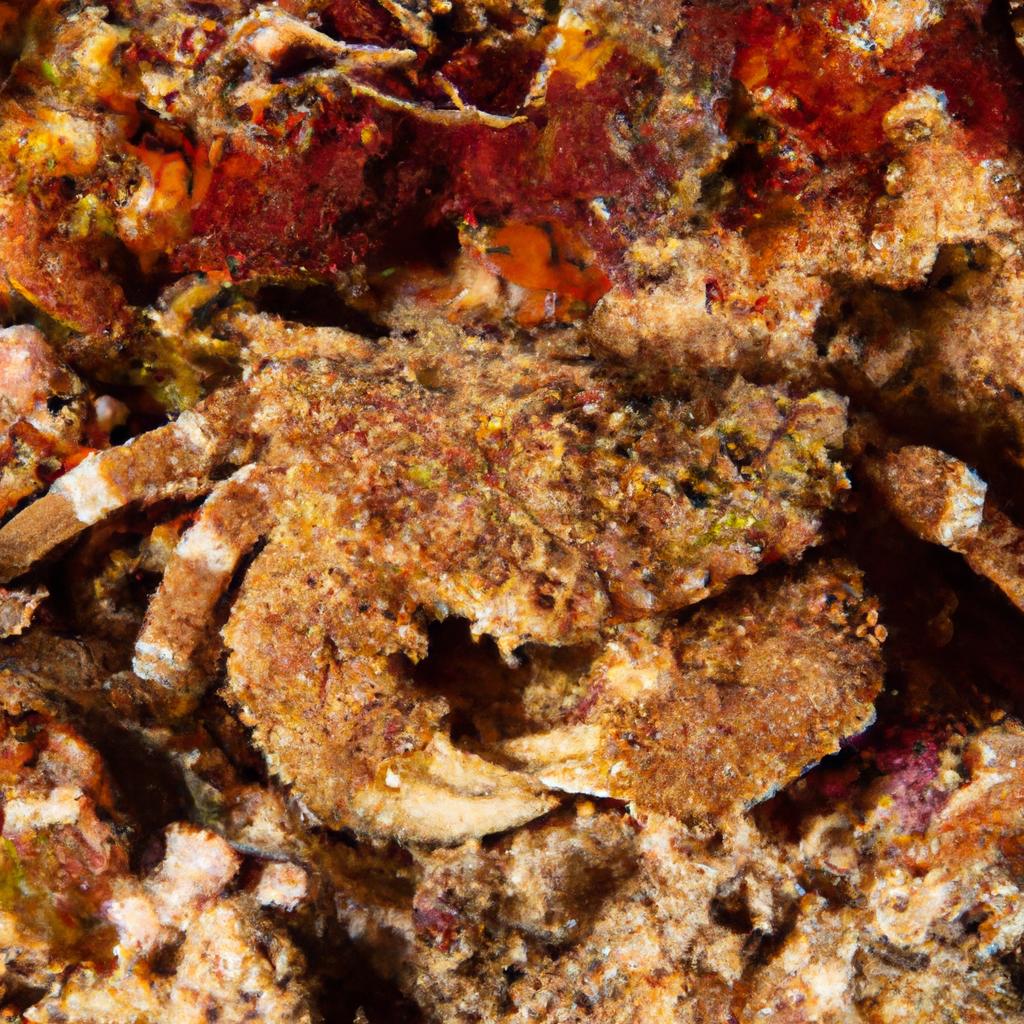
Like many marine species, the granchio decoratore faces numerous threats to its survival. Habitat loss due to coastal development and pollution poses a significant risk to these crabs’ natural habitats. Additionally, overfishing poses a grave threat, with many decorator crabs unintentionally getting caught in fishing nets and traps.
To safeguard the granchio decoratore and ensure its survival, comprehensive conservation efforts are underway. Marine protected areas have been established to provide a safe haven for the crab and other marine species. Governments and organizations designate these areas and impose restrictions on human activities, such as fishing and development.
Education and awareness also form critical pillars of conservation efforts. By enlightening the public about the importance of the granchio decoratore and its ecological significance, we can inspire individuals to take action in protecting this species. Public awareness campaigns, educational initiatives in schools, and community outreach programs are all instrumental in fostering understanding and promoting conservation endeavors.
Conclusion
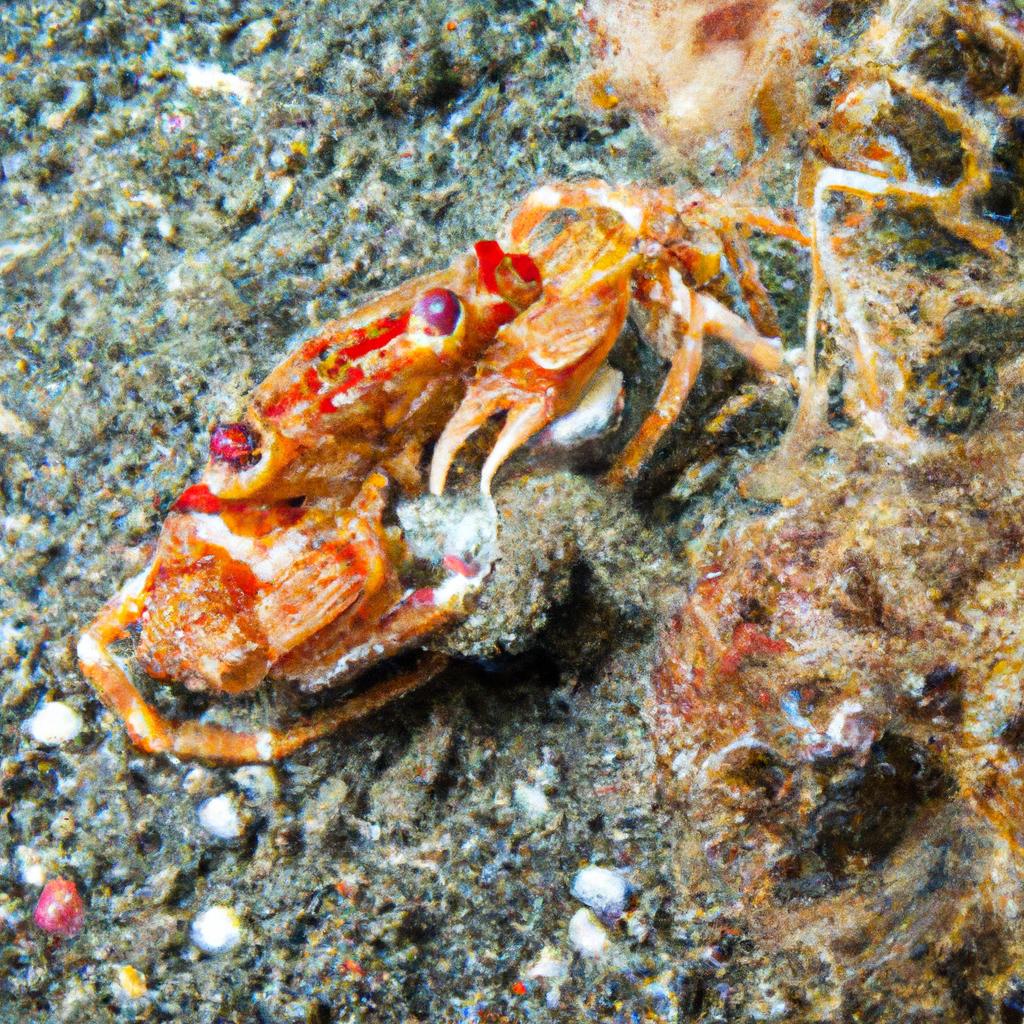
In conclusion, the granchio decoratore is an enthralling and distinctive crab species inhabiting oceans across the globe. Their ability to adorn themselves with various materials serves both as an aesthetic enhancement and an effective camouflage strategy. Unfortunately, similar to many marine species, the granchio decoratore faces numerous threats, including habitat loss and overfishing.
To secure the survival of this captivating crab, it is imperative that we take decisive action in their protection. Conservation efforts, such as the establishment of marine protected areas and educational campaigns, play a pivotal role in safeguarding this extraordinary species. By fostering continued research, raising awareness, and promoting active conservation practices, we can ensure that the granchio decoratore thrives in our oceans for generations to come.
Find out more about TooLacks and their dedication to environmental preservation on TooLacks.
